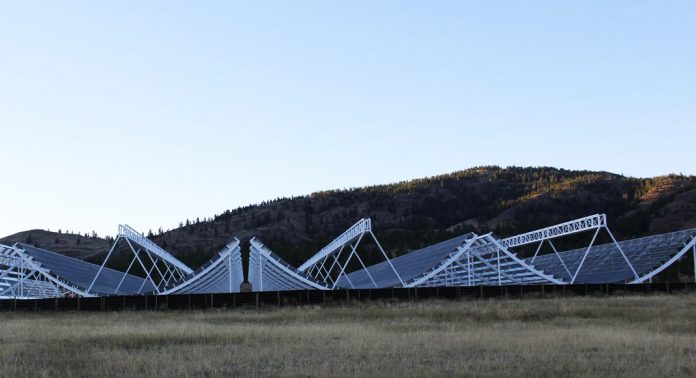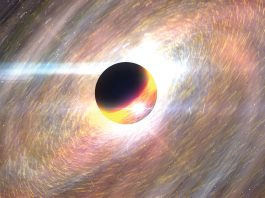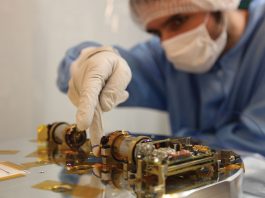A new telescope at the Green Bank Observatory will allow researchers at West Virginia University, USA, to pinpoint the locations of fast radio bursts.
Following a $1.7m National Science Foundation grant awarded to Kevin Bandura, assistant professor in the Lane Department of Computer Science and Electrical Engineering in the Statler College of Engineering and Mineral Resources, a new telescope will be built at the Green Bank Observatory to pinpoint the locations of fast radio bursts in far off galaxies, enabling the ability to finally discover the nature of these enigmatic objects.
Fast radio bursts were discovered in 2007. They were initially thought to be one-off events related to a cataclysmic event such as an exploding star. Later fast radio burst 121102, originally discovered in 2012, was seen to repeat in 2016. Until this new research, scientists did not recognise these bursts as organised in a regular pattern.
The bright radio pulses emitted by a repeating fast radio burst, known as 121102, follows a cyclic pattern. The research team found that these radio bursts were observed in a window lasting approximately 90 days followed by a silent period of 67 days. The same behaviour then repeats every 157 days.
Fast radio bursts are among the brightest light sources ever seen in the sky, but their origin remains a mystery to scientists. The intense flashes of energy blaze for only a millisecond and then disappear. Although they can only be seen for a brief moment, the radio waves have travelled for billions of years through an ionised cosmic structure to be visible in the sky.
The new Outrigger telescope will work in conjunction with the existing CHIME telescope, which is located 2,430 miles away, in British Columbia, to triangulate the locations of fast radio bursts. Bandura said: “The CHIME telescope will be making the detection, but the data will be saved from both telescopes, then we can use very long baseline interferometry techniques to really localise where it comes from.”
The CHIME telescope is comprised of four cylindrical reflectors, 256 dual-polarised antennas for data collection and an F-engine and X-engine for data processing. To search for fast radio bursts, CHIME continuously scans 1,024 separate points on the sky. The new Outrigger telescope will have only one cylinder but will monitor the same area of the sky as the original CHIME telescope.









